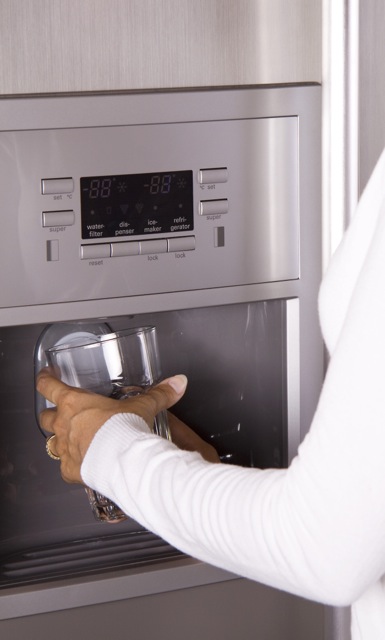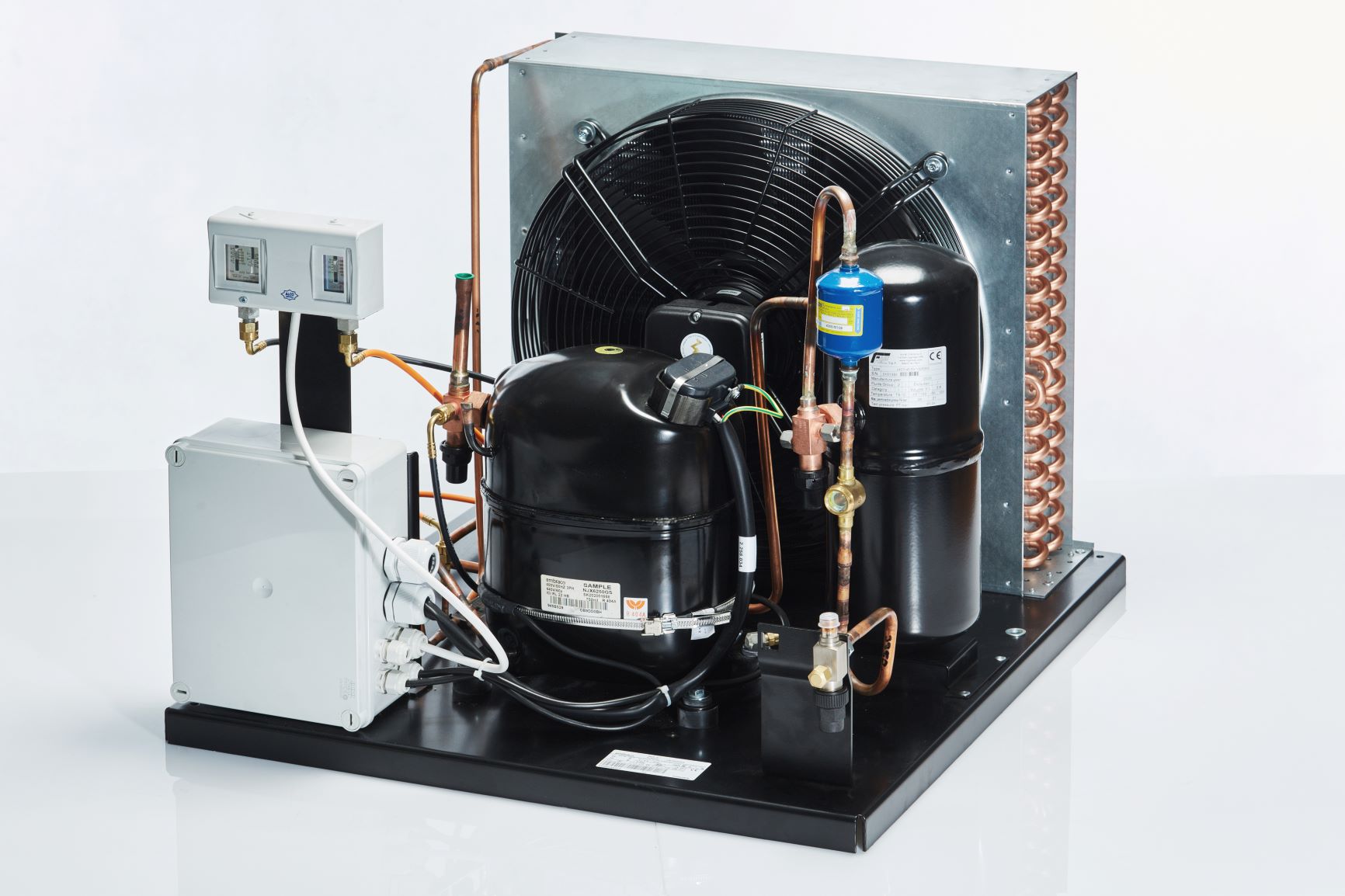[gravata]What differences exist among refrigerator defrost modes?[/gravata]For the consumer who’s researching the market to buy a new refrigerator, there are several factors that impact the decision process: color, make, model, size, internal divisions, accessories, price, etc. One of the most important aspects in the buying decision is the type of defrost, as it impacts on the use, on price and power consumption.
Listed below are the defrost modes currently found in refrigerators in Brazil and the characteristics of each.
Manual Defrost
This is the oldest defrost mode. When the refrigerator or freezer is opened, moisture entering the refrigerator turns into ice on the inner walls. Refrigerators with this configuration require the consumer to periodically defrost manually by unplugging the equipment and removing the food during this period. Although requiring this type of periodic care, manual defrost every 2 months, a benefit of this type of refrigerator is that it’s more economical, consuming about 40% less than frost-free refrigerators.
Semi-Automatic Defrost
This format is an evolution of the manual defrost mode, offering an intermediate option of prices and features. The big difference from manual defrost refrigerators is that consumers don’t need to unplug the appliance to defrost. The refrigerator can continue to work normally during the defrost period, which should be done every 3 months.
There is also dry defrost technology, which is considered a form of semi-automatic defrost, where water doesn’t need to be removed because it falls into a specific container for evaporation.
Cycle Defrost
It’s a technology where there is still ice formation on the inner walls of the refrigerator, but to a much lesser extent. So, the defrosting operation must be done at most twice a year, making it a practical choice for those who want convenience. Refrigerators with this type of defrost consume more energy than those mentioned above, but use less energy and are a bit cheaper than frost-free models.
[box side=”alignright” color=”box-verde” pos=”horizontal”]
Frost-free
Undoubtedly, the most practical defrost mode because there is no ice formation on refrigerator walls with this technology. At specific time intervals a temperature change occurs in a particular compartment, eliminating the ice, and consequently, the consumer doesn’t need to defrost their refrigerator. This convenience comes at a price: these are the most expensive models on the market and also those that consume more electricity.
[/box]
Before buying, consider the differences between the defrost modes listed above, do your research and consider in your choice not only the refrigerator’s nominal price, but also energy consumption as well as the time needed to defrost.



